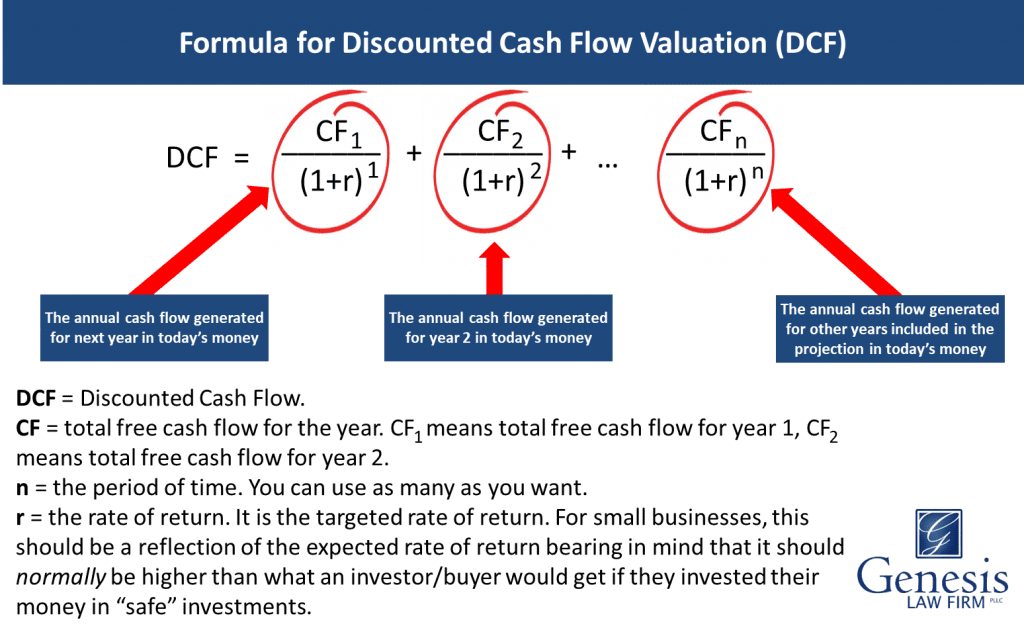Discounted Cash Flow (DCF) Analysis Tesla as an Example
Capital Expenditures (CapEx) - Cash you spend on Plant, Property, and Equipment (PP&E). So Apple spends $100 million on a new office building, that's $100 million of Capital Expenditures. CapEx is NOT found in your income statement because they are usually really large one-time expenses and the income statement tries to capture expenses that occur regularly. Instead, the costs of CapEx are depreciated over time (see below). Depreciation & Amortization (D&A) - In the CapEx example, if Apple bought a new building for $100 million and that building had a "useful life" of 20 years, the annual D&A would be $100 million / 20 = $5 million a year. D&A IS found in your income statement either embedded into COGS or Operating Expenses. D&A allows you to fairly deduct CapEx spend over a period of time but it's not actual cash that you're spending (instead the actual cash was a one-time payment in CapEx).
Net Working Capital (NWC) - For a DCF, this is your current OPERATING assets (i.e. excludes cash, includes assets like inventory, accounts receivable, etc.) minus your current OPERATING liabilities (i.e. excludes debt, includes accounts payable, deferred revenue, etc.). Standard definition for NWC is just current assets minus current liabilities but there's a difference for the DCF. NWC looks at the regular cash inflows and outflows from a company's day to day operations.
WACC Formula - As a reminder, this is your (% of equity * cost of equity) + (your % of debt * cost of debt * (1 - Tax rate)). % of equity means [equity value / (equity value + debt)]. cost of equity is found through the CAPM formula (risk free rate + beta * market risk premium). % of debt is [debt / (debt + equity value)]. You multiply the debt part times 1 - tax rate because interest payments are tax deductible.



